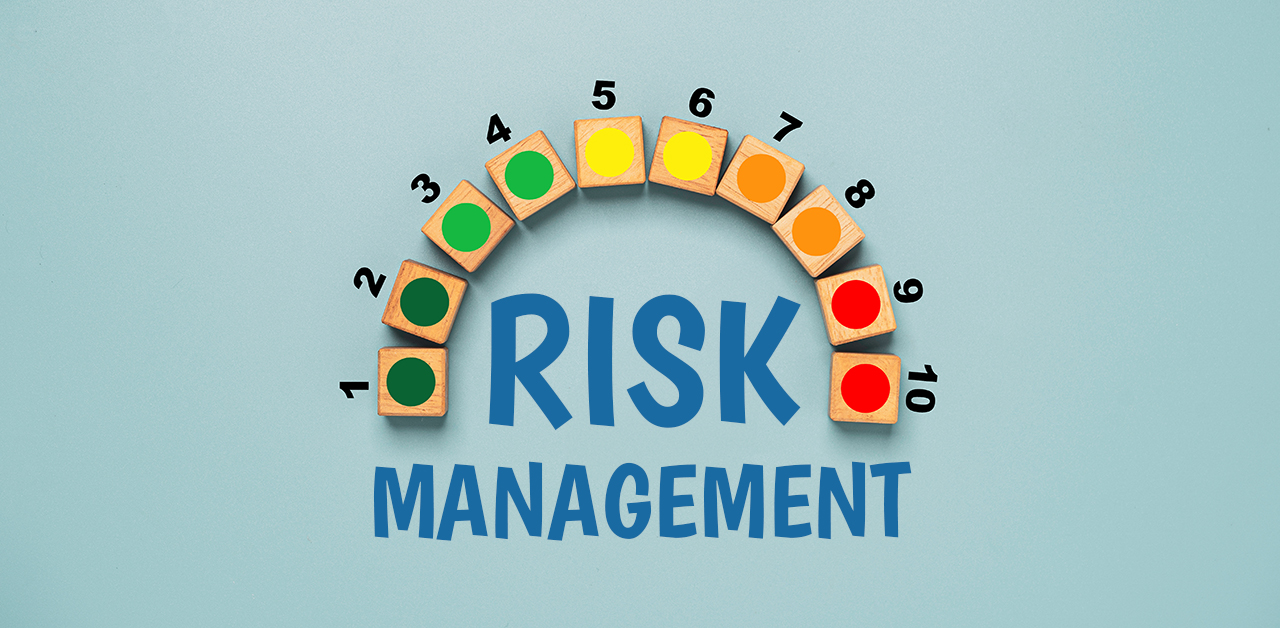Most people are familiar with the term “big data,” but are unclear on the actual meaning. Data scientists have been collecting and analyzing digital data for decades as users generate new information. Some experts estimate the past decade as creating 90% of the data that exists. As a result, there has been a significant shift toward a model of monetizing data. This means capitalizing on computer users’ information. It has catapulted into a highly profitable industry that relies on data collection and the sale of private information.The 1941 edition of the Oxford English Dictionary first defined the “information explosion.” However, the data generated in that time was a far smaller quantity than today’s rates. Data scientists began writing about the impacts of data and speculating about growth patterns as early as that same decade. By the 1980s it was widely recognized that data was linked to emerging digital trends and the growth of computer technology. Big data as a term grew as it became obvious that there was money in this data deluge.
Sustainability Issues with Big Data
Since the early 2000s, data has experienced unprecedented growth. The current rate of data creation is approximately 2.5 quintillion bytes per day. This is enough to fill the equivalent of 10 million Blu-Ray discs. With such large quantities of data, several critical questions emerge. What happens to this data, and to whom does it ultimately belong?
Maintaining obsolete data has impacts on the environment and data security. It incurs costs for storage, electricity, and maintenance. Zombie servers are a huge issue for many data centers. Increasing awareness is encouraging many data center managers to employ ITAD experts to decommission unused servers.Big Data and Security
Another major issue for data storage is the security risks involved. With millions of servers worldwide, there are multitudes of opportunities for data breaches and theft of sensitive information. Securing a server and critical data is a major undertaking, particularly with the emergence of cloud-based data technology. When data becomes connected, as it is in the internet of things, security threats become direct.
A crucial step is to have data professionally wiped by a certified ITAD specialist when a device is no longer being used. Allowing the data to sit idly opens the door to security risks in addition to draining energy resources.Who Owns Consumer Data?
Big data has become a multi-billion dollar industry, and the generation of data on a daily basis is going to increase in the future. Algorithms can quantify humongous amounts of data. The data says a lot about social patterns and enables predictions of future trends. There is huge potential for harnessing big data for positive research in social science and other fields. There are also plenty of nefarious practices that involve phishing data from internet users to hijack personal information and accounts.
Similarly, there is controversy surrounding both corporate and governmental data collections. Companies are legally able to buy consumer data to create more focused advertising. This is not altogether appealing to many people. Giants like Facebook and Instagram have caused uproar with revelations that user data does not belong to the user, but to the companies themselves, who are free to sell the information to third parties.Protecting Unused Data Through Data Wiping
Ultimately, the direction that technology takes will help decide data utilization. There is little to do at this point to solve the issue of data privacy and consumer data ownership. However, there are steps individuals can take to protect data security and conserve energy.
The primary focus should be on learning to protect data when it’s in use, and ensuring data destruction of any unused devices before recycling them. Contacting a certified ITAD specialist to wipe data clean is the best guarantee for security and sustainability.

